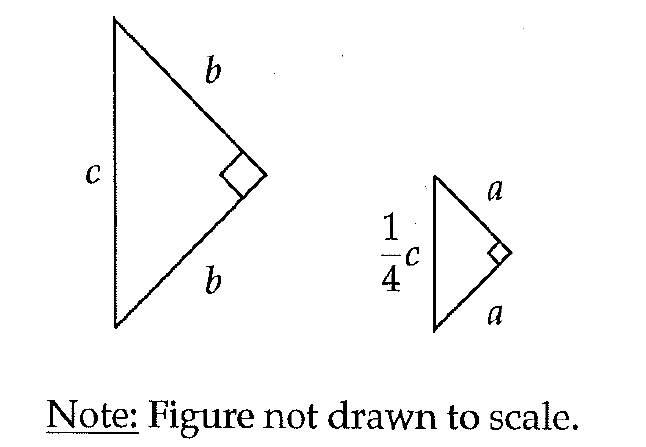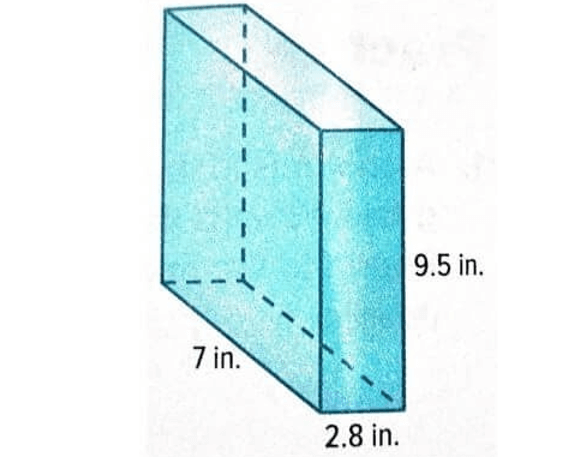METHODS OF PRIME FACTORIZATION
Expressing a given number as a product of factors that are all prime numbers is called the prime factorization of a number.
To find the prime factors of a composite number, we do the prime factorization by the following methods.
1. Division Method
2. Factor Tree Method
Division Method
Using Division Method, we can find the prime factorization of 36 as follows :
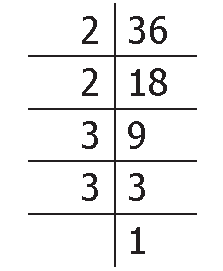 36 = 2 x 2 x 3 x 3 |
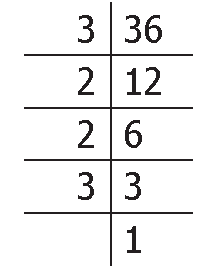 36 = 3 x 2 x 2 x 3 |
In the above method, why do we start with 2 or 3 ? why not with 5 ?
Because, we know that 36 is not a multiple of 5 and hence not divisible by 5. So, to find the prime factors of a number, it will be useful to check for divisibility by smaller numbers like 2, 3 and 5 first and not take numbers at random.
Factor Tree Method
Using Factor Tree Method, we can find the prime factorization of 36 as follows :
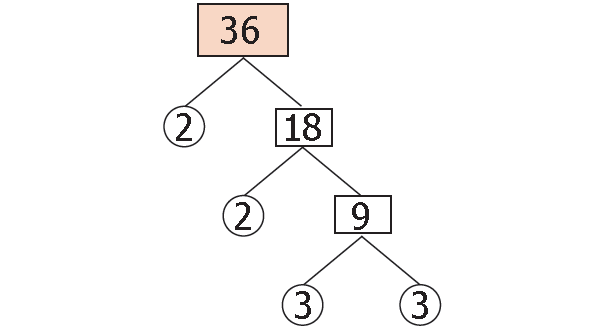
Prime factorization of 36 :
36 = 2 x 2 x 3 x 3
In each step put a prime factor (e.g. 2, 3, 5, 7, 11, 13, etc.) into the CIRCLE and the other factor into the BOX .
In the next step, factor the number in the BOX by putting one of its prime factors into the CIRCLE and the other factor into the BOX.
Continue until you reach a number which has only two prime factors and put each of them into a CIRCLE.
Then, write down all of the factors in the CIRCLES and that is your prime factorization of the original number.
Solved Problems
Problem 1 :
Find the prime factors 108 by division method.
Solution :
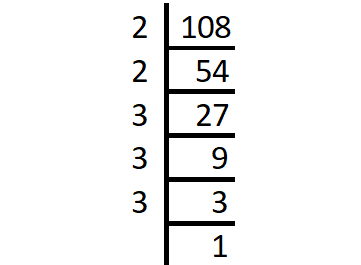
Prime factorization of 108 :
108 = 2 x 2 x 3 x 3 x 3
Problem 2 :
Find the prime factors 144 by division method.
Solution :
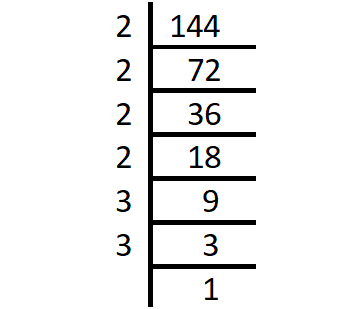
Prime factorization of 144 :
144 = 2 x 2 x 2 x 2 x 3 x 3
Problem 3 :
Find the prime factors of 56 by factor tree method.
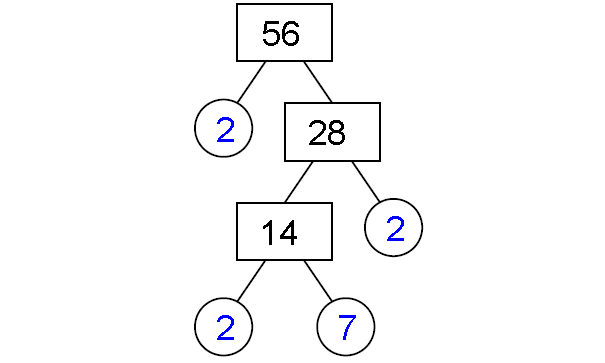
Prime factorization of 56 :
56 = 2 x 2 x 2 x 7
Problem 4 :
Find the prime factors of 80 by factor tree method.
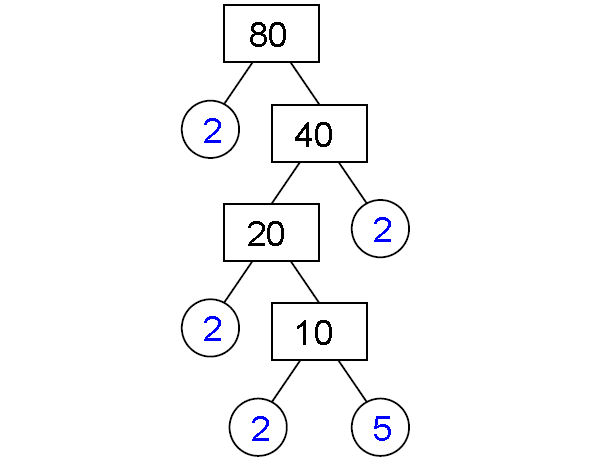
Prime factorization of 80 :
80 = 2 x 2 x 2 x 2 x 5
Kindly mail your feedback to v4formath@gmail.com
We always appreciate your feedback.
©All rights reserved. onlinemath4all.com
Recent Articles
-
SAT Math Resources (Videos, Concepts, Worksheets and More)
Feb 14, 25 10:49 AM
SAT Math Resources (Videos, Concepts, Worksheets and More) -
Digital SAT Math Problems and Solutions (Part - 109)
Feb 14, 25 10:46 AM
Digital SAT Math Problems and Solutions (Part - 109) -
Digital SAT Math Problems and Solutions (Part - 111)
Feb 14, 25 10:40 AM
Digital SAT Math Problems and Solutions (Part - 111)
